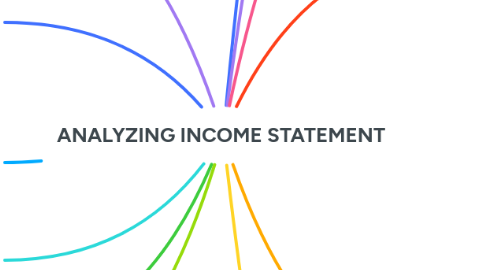ANALYZING INCOME STATEMENT
da huyen trang


1. Non recurring items
1.1. Unusual or infrequent items
1.2. discontinued operations
2. changes in accounting policies
2.1. retropective: change in accounting policies, estimate: khong anh huong den CF
2.2. propective: modified retropective application
3. change in scope and exchange rate : accounting standard do not require issuers to disclose the effects of this
4. simple versus complex capital struture
5. Basic EPS= (NI - preferred div)/ number of shares outstanding
6. ANTIDILUTIVE SECURITIES
7. General principle: revenue is recognized when it is earned
8. revenue recognition ( 5 steps)
8.1. 1. Identify the contract with customer
8.2. 2. Identify the seperate or distinct performance obligations in the contract
8.3. 3. determine the transaction price
8.4. 4. Allocate the transaction price to the performance obligations in the contract
8.5. 5. Recognize revenue
9. Principal versus Agent, Franchising/Licesing, Software as a Service or license, LT contracts
10. Expense recognition : matching, expensing as incurred, capitalization
10.1. matching: expenses and revenues are matched, matching requires COGS in the same period as revenue from the sale of good
10.2. period costs: expenditures less directly match revenue, are generally expensed as incurred ( either makes the expenditure in cash or incurs the liability to pay): admin cost, managerial, IT, research and development activities, the maintainance or repair asset fit this model
10.2.1. Specific ID: tốn chi phí
10.2.2. FIFO
10.2.3. WAC
10.2.4. LIFO ( IFRS prohibits)
11. Capitalization versus Expensing
11.1. Cap: CFI
11.1.1. Straight line method: 1. Annual depriciation expense: ( cost - residual value)/ estimaed useful life. 2. NBV= asset cost - accumulated depreciation
11.1.2. Accelerated methods of depreciation : NBV at the end of this year= NBV at the beginning - Accumulated depreciation, Depreciation expense this year = NBV at the beginning of this year X depreciation rate, the accumulated depreciation of the final year= Asset cost - Estimated residual value
